
|
ECGbook.com Making Medical Education Free for All |
Upload ECG for Interpretation |

|
ECGbook.com Making Medical Education Free for All |
Upload ECG for Interpretation |

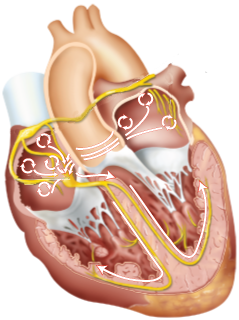
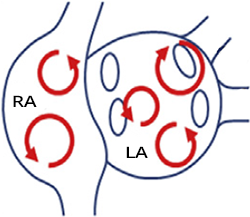
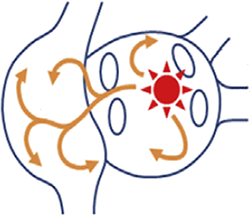
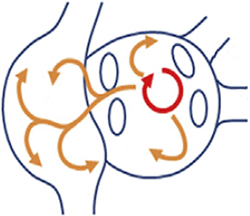
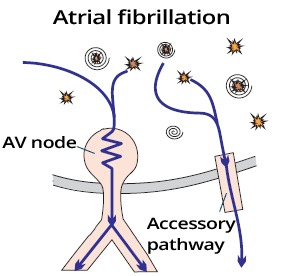

Atrial Fibrillation

Atrial Fibrillation and Frequency 130/min.


Ashman Phenomenon and Atrial Fibrillation

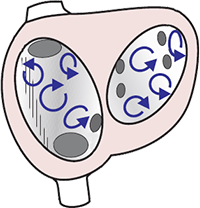

Atrial Fibrillation


Atrial Flutter with Variable Conduction (2:1 and 4:1)
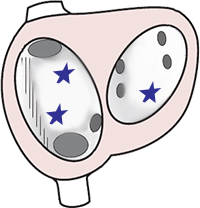

Multifocal Atrial Tachycardia

Atrial Fibrillation
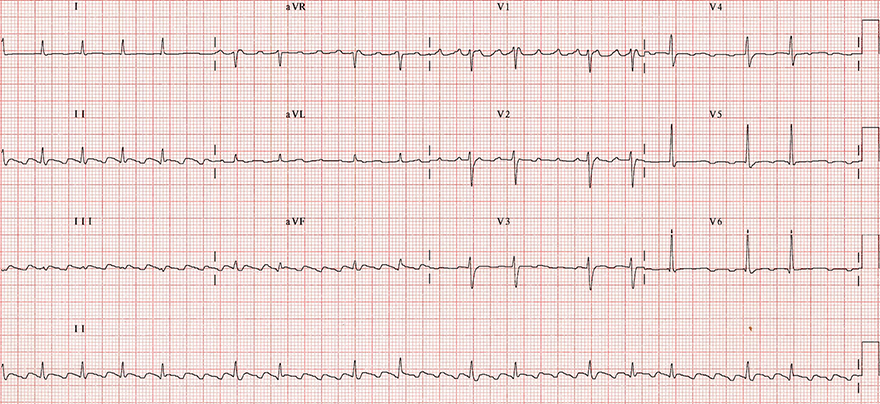
Atrial Flutter (with Variable Conduction 2:1 and 4:1)

Atrial Fibrillation
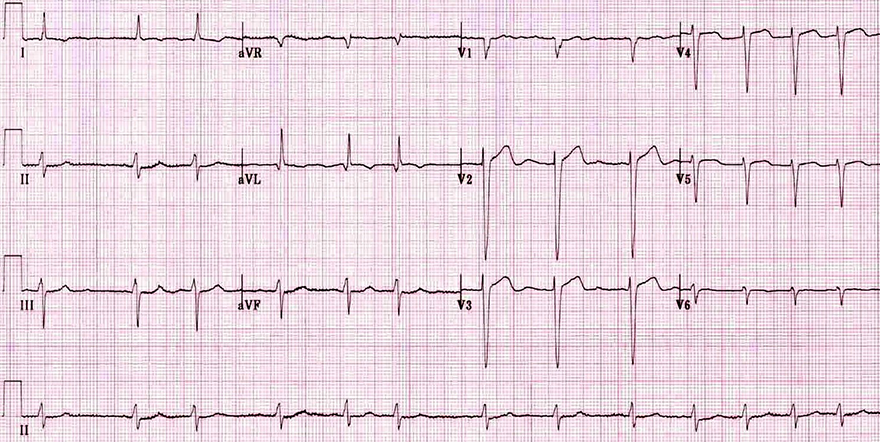
Atrial Fibrillation

Multifocal Atrial Tachycardia
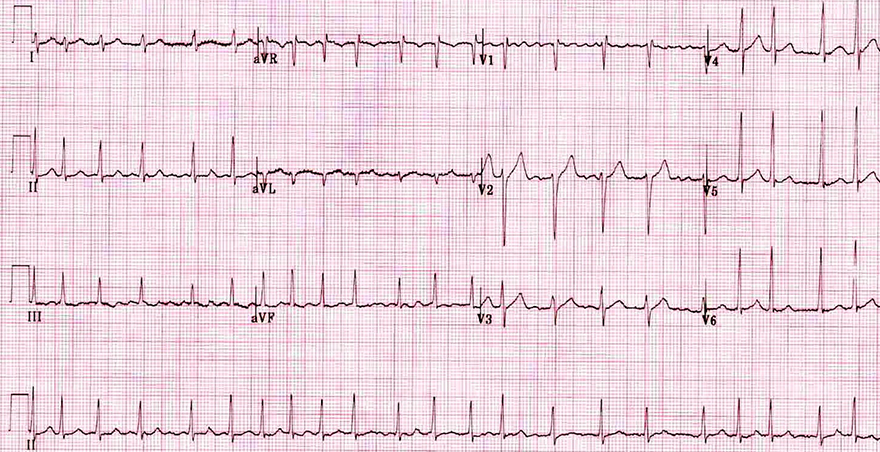
Atrial Fibrillation
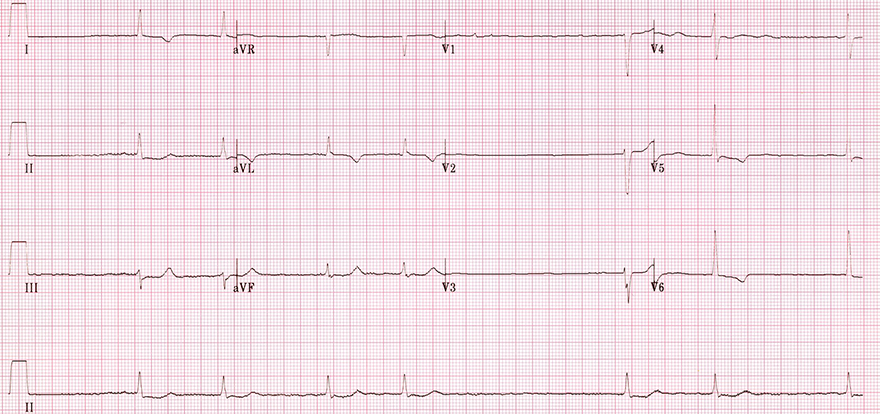
Atrial Fibrillation
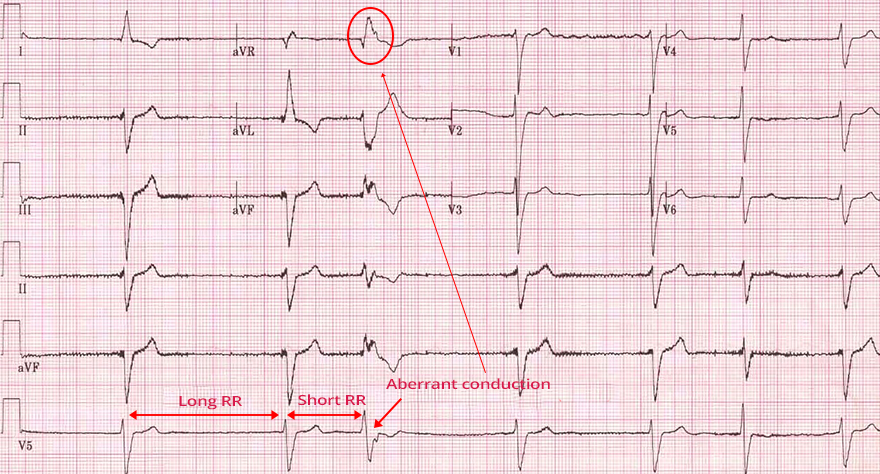
Atrial Fibrillation and Ashman’s Phenomenon
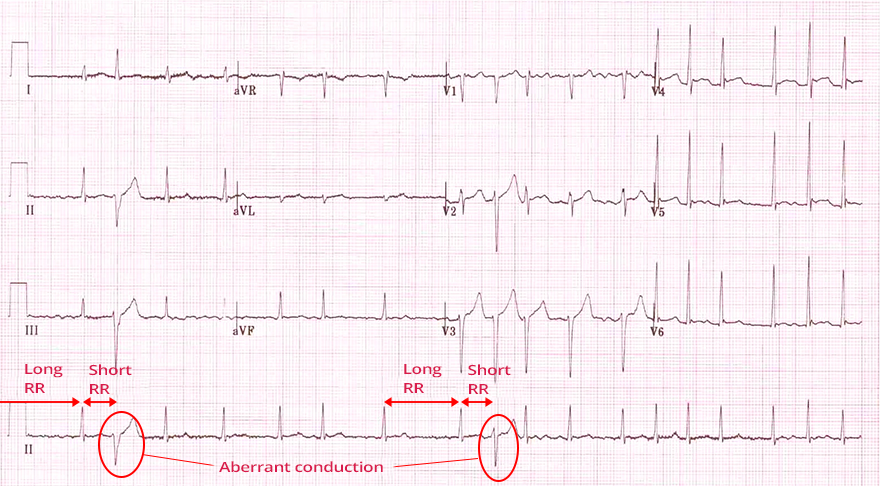
Atrial Fibrillation and Ashman’s Phenomenon
Sources
|

|
Atria and Atrial Fibrillation
|

|
 |
Numerous Micro Re-entries
|

|
Focal Focus and Activation Waves
|

|
Maternal Re-entry and Activation Waves
|
Protective Mechanism of the AV Node
|

|

Atrial Fibrillation

Atrial Fibrillation and Frequency 130/min.


Ashman Phenomenon and Atrial Fibrillation


|

Atrial Fibrillation
|

|

Atrial Flutter with Variable Conduction (2:1 and 4:1)
|

|

Multifocal Atrial Tachycardia
|

Atrial Fibrillation

Atrial Flutter (with Variable Conduction 2:1 and 4:1)

Atrial Fibrillation

Atrial Fibrillation

Multifocal Atrial Tachycardia

Atrial Fibrillation

Atrial Fibrillation

Atrial Fibrillation and Ashman’s Phenomenon

Atrial Fibrillation and Ashman’s Phenomenon
Sources